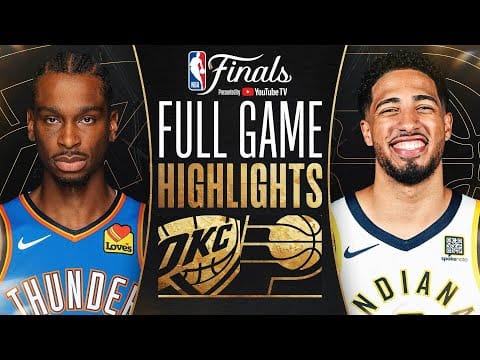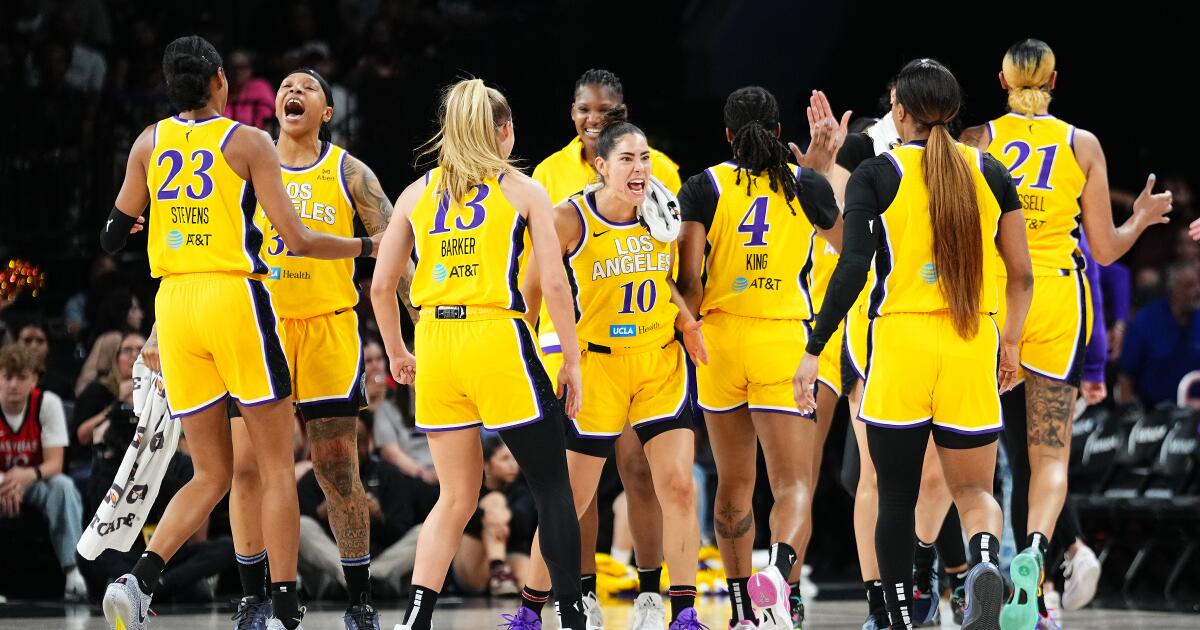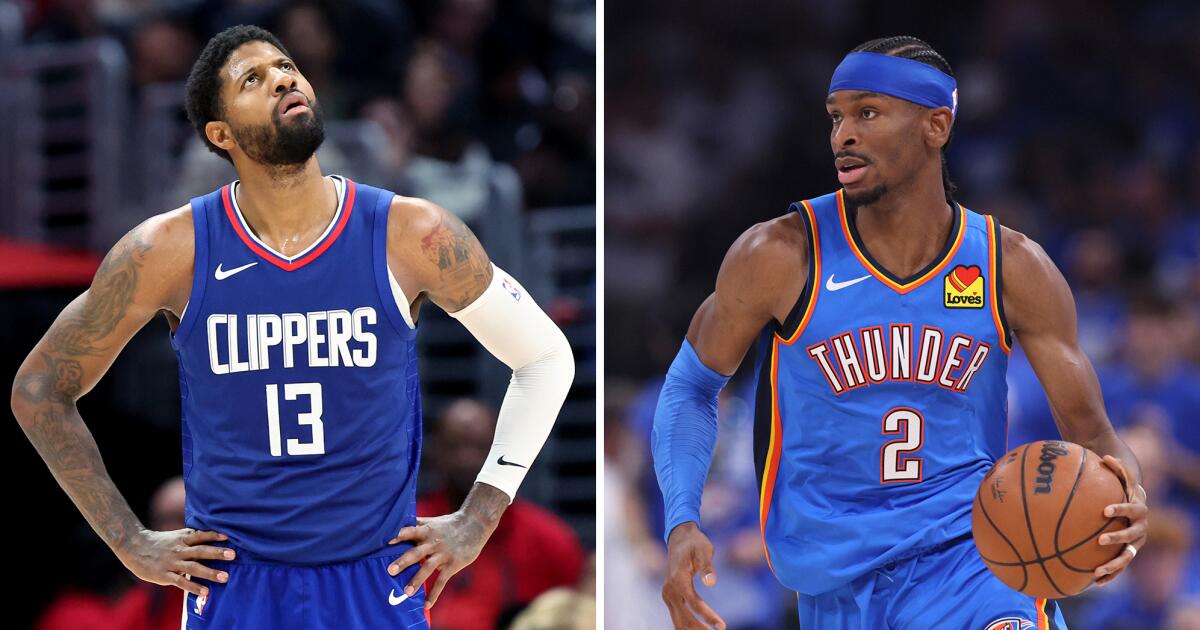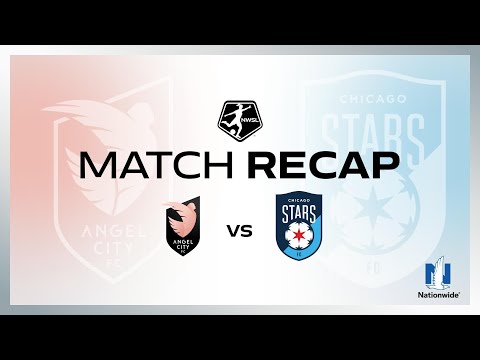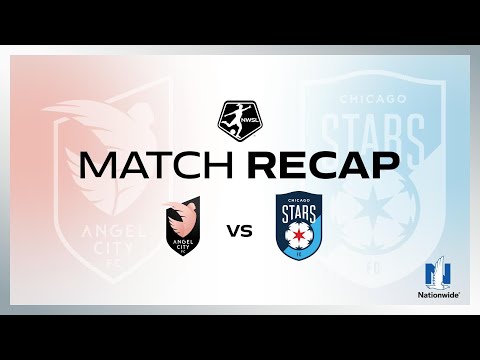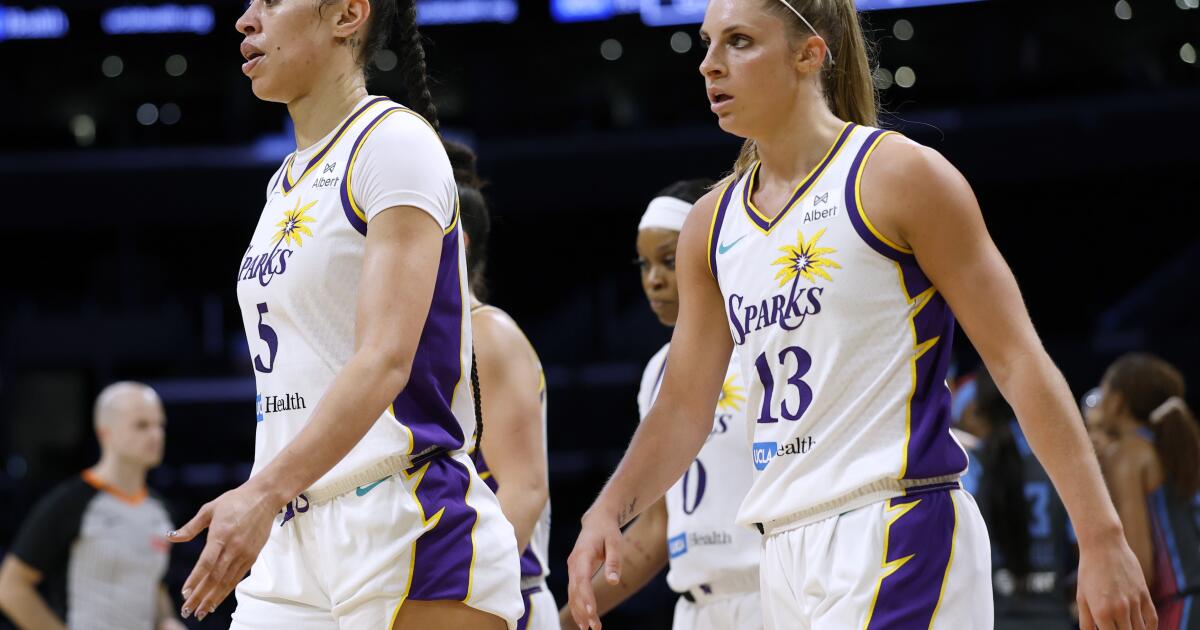NBA Finals: Indiana dominates Oklahoma City to force Game 7
INDIANAPOLIS — Season on the line, the Indiana Pacers did what they’ve done time and time again. They bucked the odds.
And the NBA Finals are going to an ultimate game.
Obi Toppin scored 20 points, Andrew Nembhard added 17 and the Pacers forced a winner-take-all Game 7 by rolling past the Oklahoma City Thunder 108-91 Thursday night.
The first Game 7 in the NBA Finals since 2016 is Sunday night in Oklahoma City.
“The ultimate game,” Pacers coach Rick Carlisle said.
Pascal Siakam had 16 points and 13 rebounds for Indiana, while Tyrese Haliburton — playing through a strained calf — scored 14 points. The Pacers started slowly and then turned things into a blowout.
In a way, Game 6 was a microcosm of Indiana’s season. The Pacers started the regular season with 15 losses in 25 games, have had five comebacks from 15 or more down to win games in these playoffs, and they’re one win from a title.
“We just wanted to protect home court,” Haliburton said. “We didn’t want to see these guys celebrate a championship on our home floor. Backs against the wall and we just responded. … Total team effort.”
T.J. McConnell, the spark off the bench again, finished with 12 points, nine rebounds and six assists for Indiana.
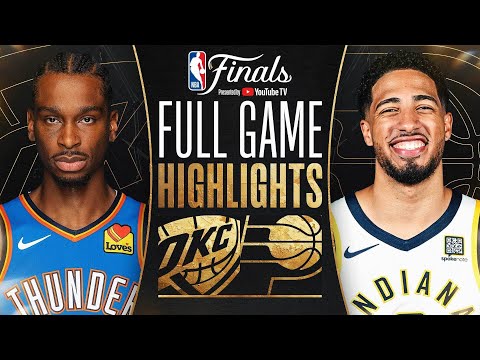
Shai Gilgeous-Alexander scored 21 points for the Thunder, who pulled their starters after getting down by 30 going into the fourth. Jalen Williams added 16.
“Credit Indiana,” Thunder coach Mark Daigneault said. “They earned the win. They outplayed us for most of the 48 minutes. They went out there and attacked the game.”
Good news for the Thunder: Home teams are 15-4 in finals Game 7s. Bad news for the Thunder: Cleveland won at Golden State in the most recent of those and one of the three other home-team losses was in 1978 — by Seattle, the franchise that would move to Oklahoma City three decades later.
Indiana missed its first eight shots and got down 10-2. The arena, roaring just a few minutes before at the start, quieted quickly. Hall of Famer Reggie Miller, sitting courtside in a Jalen Rose Pacers jersey, was pacing, kneeling, generally acting more nervous than he ever seemed as a player.
No need.
After the slow start, the Pacers outscored the Thunder 68-32 over the next 24 minutes. An Indiana team that hadn’t led by more than 10 points at any time in the first five games — and that double-digit lead was brief — led by 28 early in the third quarter. The margin eventually got to 31, which was Oklahoma City’s second-biggest deficit of the season.
The worst also came in these playoffs: a 45-point hole against Minnesota in the Western Conference finals. The Thunder came back to win that series, obviously, and now will need that bounce-back ability one more time.
“Obviously, it was a very poor performance by us,” Daigneault said.
The Thunder, desperate for a spark, put Alex Caruso in the starting lineup in place of Isaiah Hartenstein to open the second half. There was no spark. In fact, there was nothing whatsoever — neither team scored in the first 3:53 after halftime, the sides combining to miss their first 13 shots of the third quarter.
And the outcome was never in doubt.
